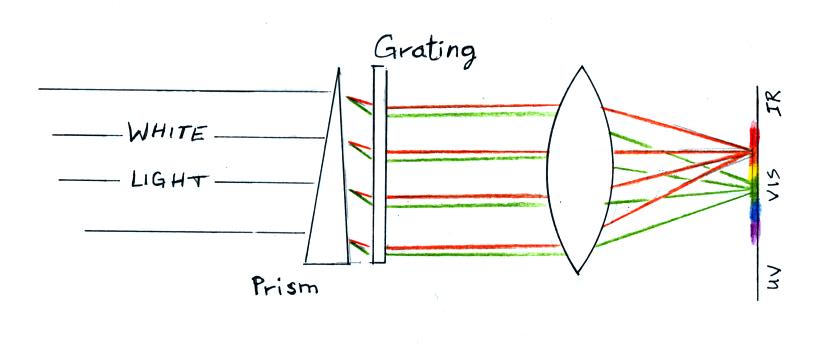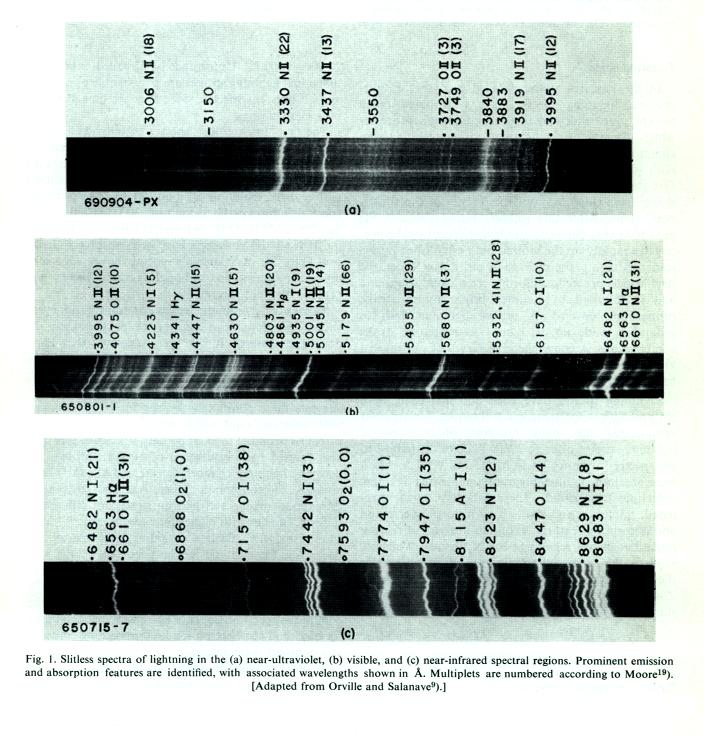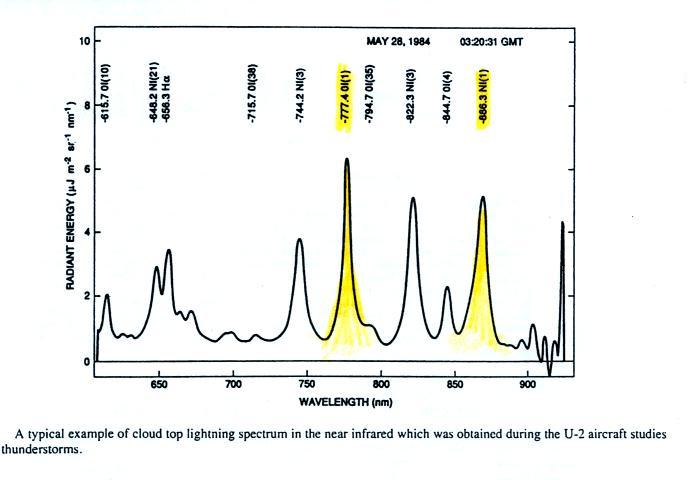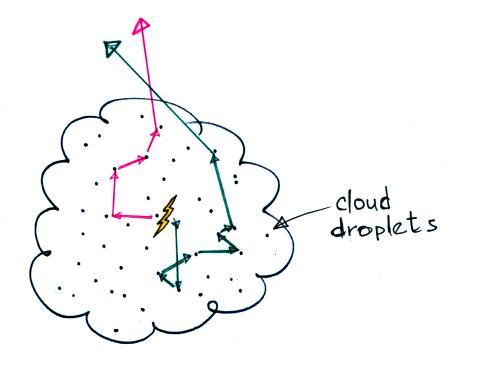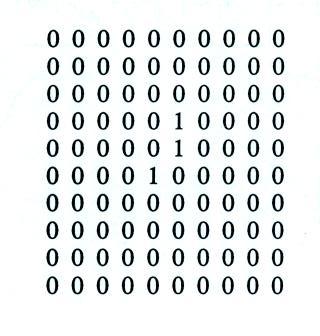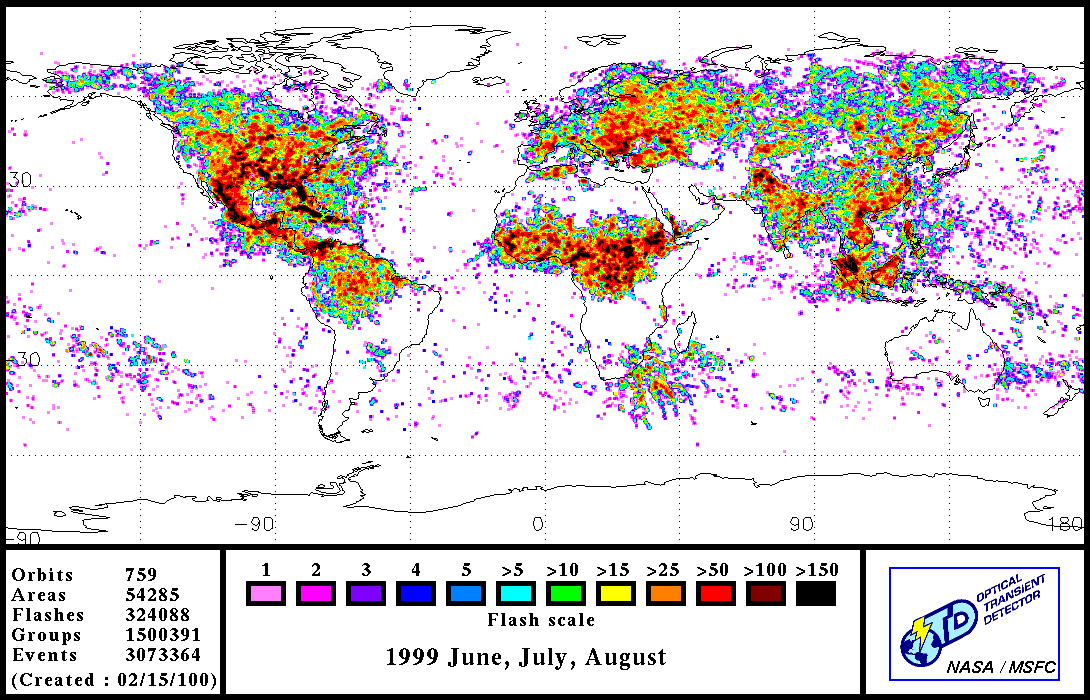44
flashes/sec
(plus or minus 5 flashes/sec)
This is about half of the 100
flashes/sec value that was long thought to be true. The 100
flashes/sec value dates back to about 1925.
Just a quick
mention of the Lightning Imaging Sensor launched on Nov. 28, 1997 into
an orbit with 35 degree inclination. The LIS mapper is still
operating. You can read more about its design and look at
examples of data here.


